Our gardens are more than just beautiful spaces for us to enjoy—they’re vital ecosystems that can provide critical habitats for local wildlife. As bird populations continue to decline across North America, home gardeners have a unique opportunity to make a difference. By introducing the right plants into your landscape, you can create a bird-friendly sanctuary that provides food, shelter, and nesting materials. Birds are not just delightful to watch and listen to; they also control pest populations, pollinate plants, and disperse seeds. This article explores ten plants that birds simply can’t resist, helping you transform your outdoor space into a thriving avian haven.
Why Native Plants Matter for Birds
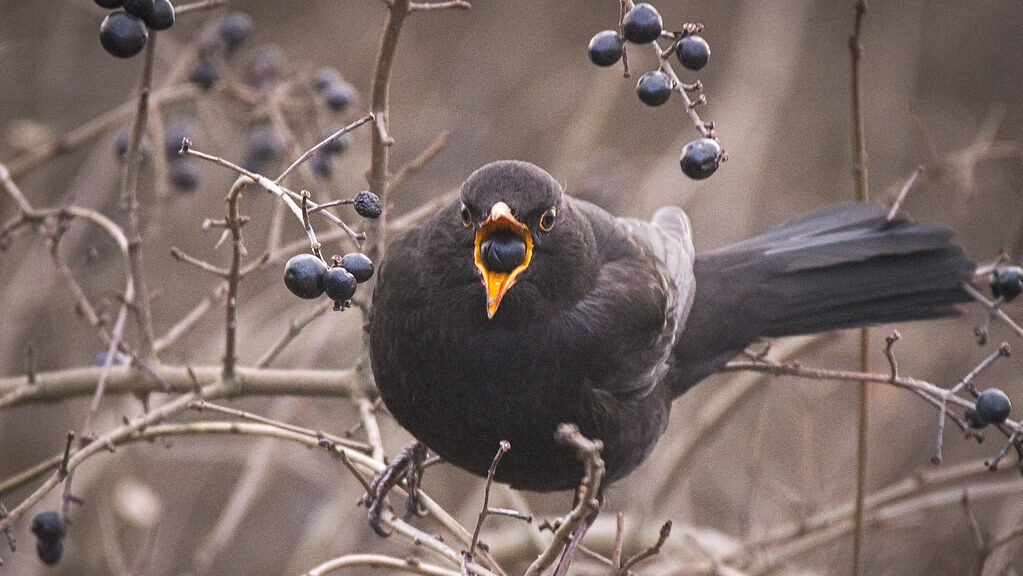
Native plants form the foundation of healthy ecosystems and provide the most value to local bird populations. These plants have co-evolved with native birds for thousands of years, creating interdependent relationships that non-native species simply cannot replicate. Research from the National Audubon Society shows that native plants produce up to 35 times more caterpillars and insects—essential protein sources for many bird species, especially during breeding season. Native plants are also adapted to local soil conditions, rainfall patterns, and climate, making them easier to maintain without excessive watering or chemical interventions. By incorporating native plants into your landscape, you’re not just attracting birds—you’re helping restore the ecological relationships that sustain them.
Sunflowers: Bird Buffet on a Stalk
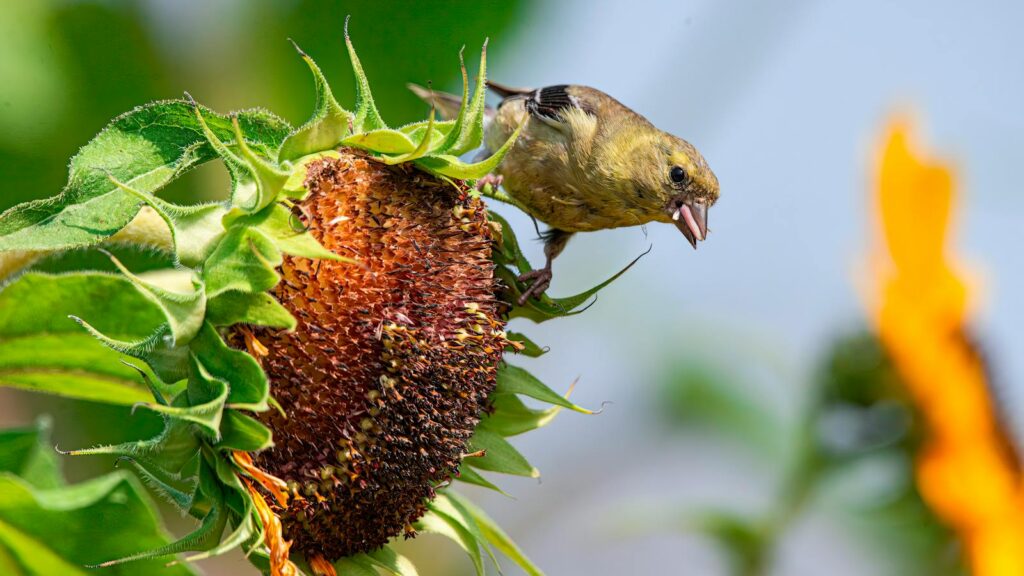
Few plants offer as much visual impact while providing such abundant bird food as the magnificent sunflower (Helianthus annuus). These towering annuals produce seed heads packed with nutritious kernels that attract finches, chickadees, nuthatches, and many other seed-eating species. The show begins even before the seeds mature, as bees and butterflies visit the bright yellow blooms, which in turn attract insect-eating birds. For maximum bird benefit, allow sunflower heads to dry on the stalk rather than deadheading them—this natural bird feeder will provide food throughout fall and even into winter. Consider planting varieties like ‘Mammoth Russian’ for maximum seed production or branching types that produce multiple smaller heads for a longer feeding season.
Coneflowers: Year-Round Bird Magnets
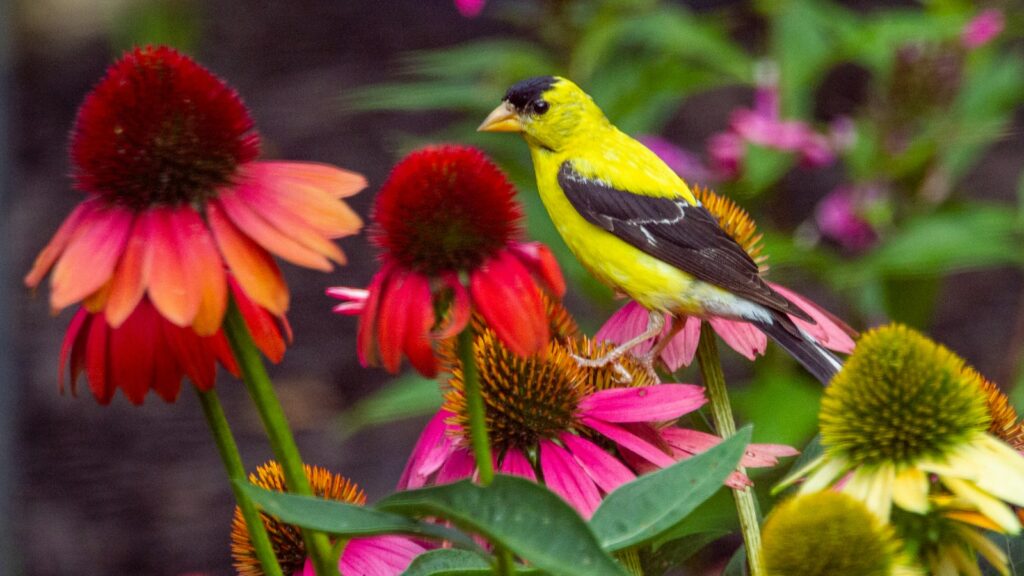
Echinacea, commonly known as coneflower, represents one of the most valuable perennials for bird-friendly gardens. Their distinctive seed heads persist through winter, providing vital food during the harshest months when other sources are scarce. Goldfinches, cardinals, and sparrows can be seen balancing on the sturdy stems to extract seeds from the prominent cones. Beyond providing food, coneflowers attract insects that serve as protein for birds during breeding season. These prairie natives are exceptionally drought-tolerant once established and will bloom for years with minimal care. Modern breeding has expanded the color palette beyond the traditional purple to include white, yellow, orange, and even green varieties, allowing for creative garden designs that benefit both birds and beauty.
Serviceberry: Four-Season Bird Support
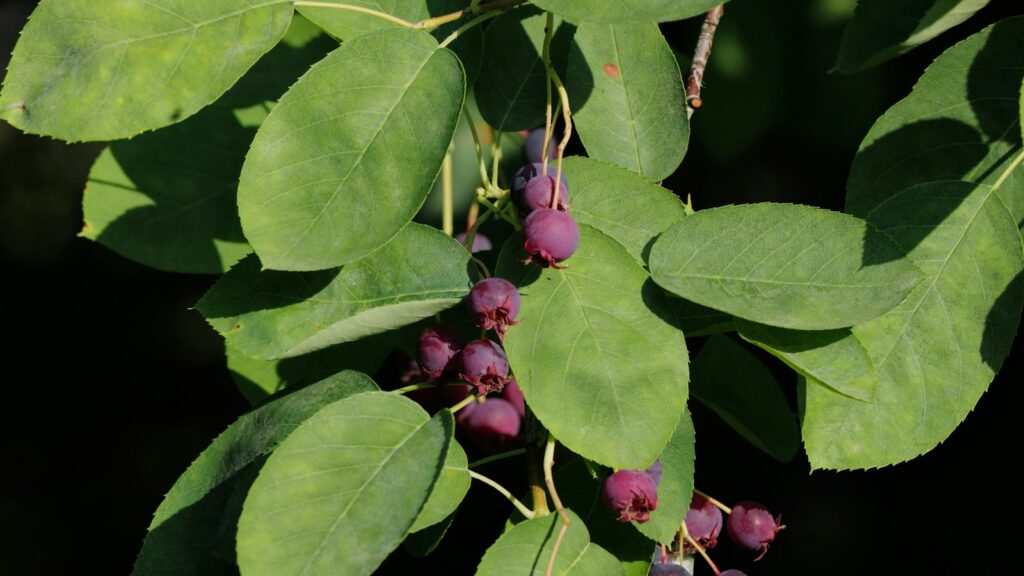
Serviceberry (Amelanchier spp.) stands out as perhaps the ultimate bird-friendly woody plant, offering multiple resources throughout the year. In spring, its delicate white blossoms attract pollinators and the insects that feed insectivorous birds. By early summer, the shrub produces sweet berries that turn from red to deep purple—a favorite of over 40 bird species including robins, waxwings, and thrushes. The plant’s branching structure provides ideal nesting sites for songbirds, while its dense growth offers protective cover from predators and harsh weather. In fall, the spectacular red-orange foliage adds landscape value before dropping to reveal attractive gray bark for winter interest. Native across much of North America, different serviceberry species are adapted to various regions, making this plant suitable for almost any garden.
Cardinal Flower: Hummingbird Heaven
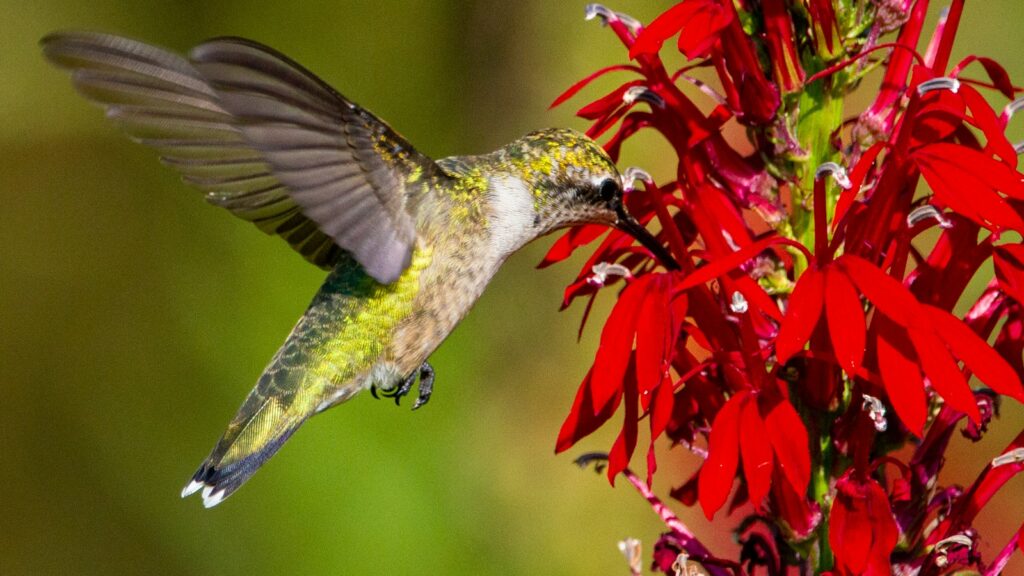
With its brilliant crimson spikes, cardinal flower (Lobelia cardinalis) serves as a beacon for hummingbirds across eastern and central North America. The tubular shape of its flowers has evolved specifically to accommodate the long bills and hovering abilities of these tiny avian jewels. A single cardinal flower plant can produce dozens of blooms on multiple stalks from mid-summer through fall, providing weeks of nectar during crucial migration periods. This native perennial thrives in moist areas with partial shade, making it perfect for rain gardens or woodland edges. Cardinal flower self-seeds readily under favorable conditions, creating drifts of color over time, though its clumping habit prevents it from becoming invasive. For gardens in western regions, consider the similar western cardinal flower (Lobelia splendens) which offers the same hummingbird appeal.
American Beautyberry: Fall Purple Feast
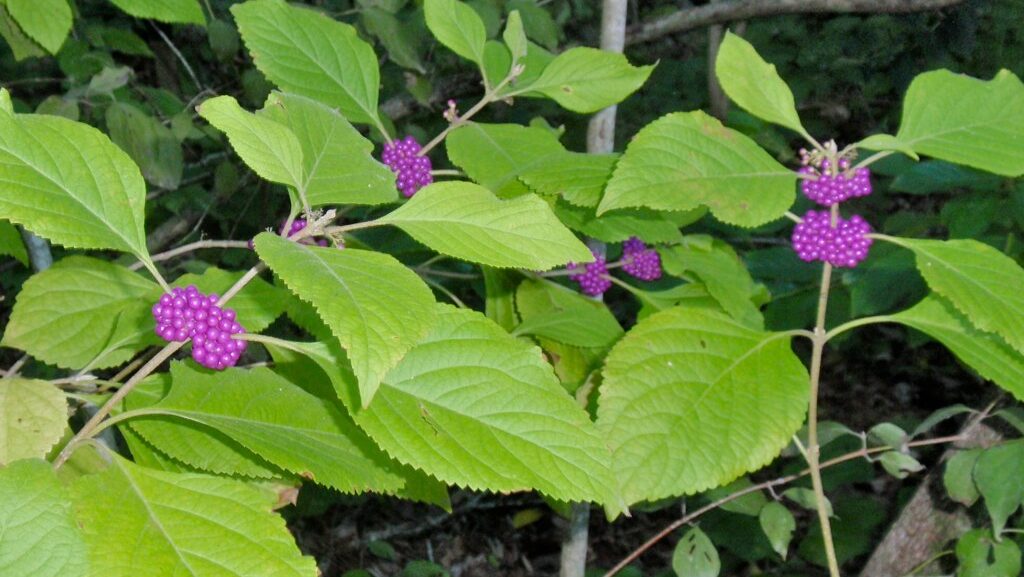
American beautyberry (Callicarpa americana) offers an extraordinary late-season food source with its clusters of vibrant purple berries that encircle woody stems like bracelets. These distinctive fruits persist after leaf drop, creating a spectacular display that attracts over 40 species of birds, including mockingbirds, catbirds, thrashers, and even woodpeckers. The timing of beautyberry’s fruit production is particularly valuable, as it coincides with fall migration when birds need energy-rich food to fuel their long journeys. This deciduous shrub grows 3-8 feet tall and wide, flourishing in partial shade to full sun across USDA zones 6-10. Native to southeastern woodlands, beautyberry demonstrates remarkable drought tolerance once established and requires little maintenance beyond occasional pruning to maintain shape and size.
Elderberry: Wildlife Superfood
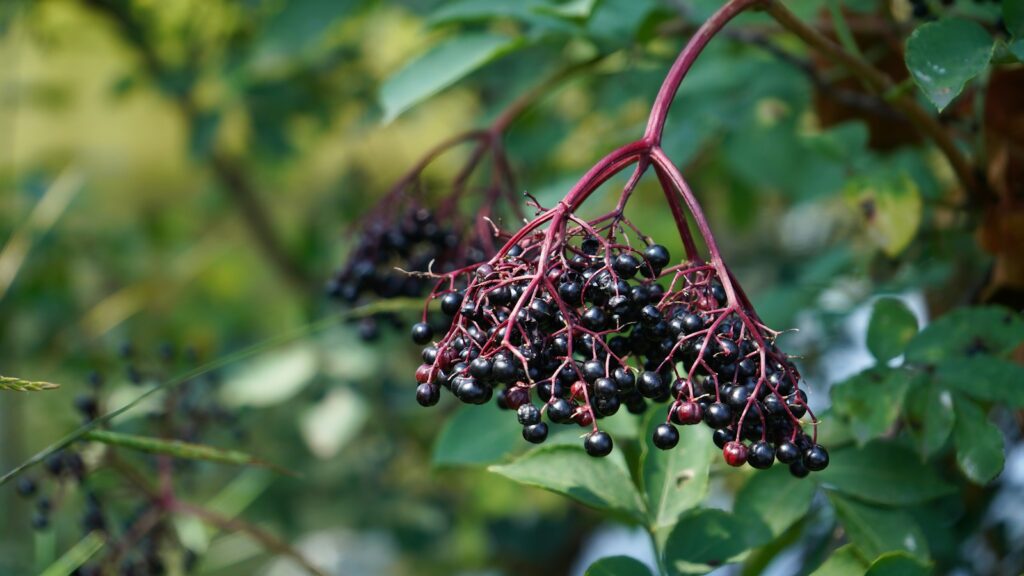
Elderberry (Sambucus spp.) has earned its reputation as a premier bird-attracting shrub by providing an abundance of nutritious dark purple berries that over 120 bird species consume. The plant’s ecological benefits extend beyond fruit production—its lacy spring flowers attract pollinators and beneficial insects, while its compound leaves support caterpillars that become bird food. Elderberry’s rapid growth and multi-stemmed form create excellent nesting habitat and protective cover for birds throughout the year. Native varieties like American elderberry (Sambucus canadensis) and blue elderberry (Sambucus nigra ssp. caerulea) are adapted to different regions of North America and can reach 6-12 feet tall, though they respond well to pruning if space is limited. Plant elderberry in moist soil with full to partial sun for best results, and consider placing it where birds can feed without disturbing outdoor living areas, as the berries can cause temporary staining.
Milkweed: More Than Monarchs
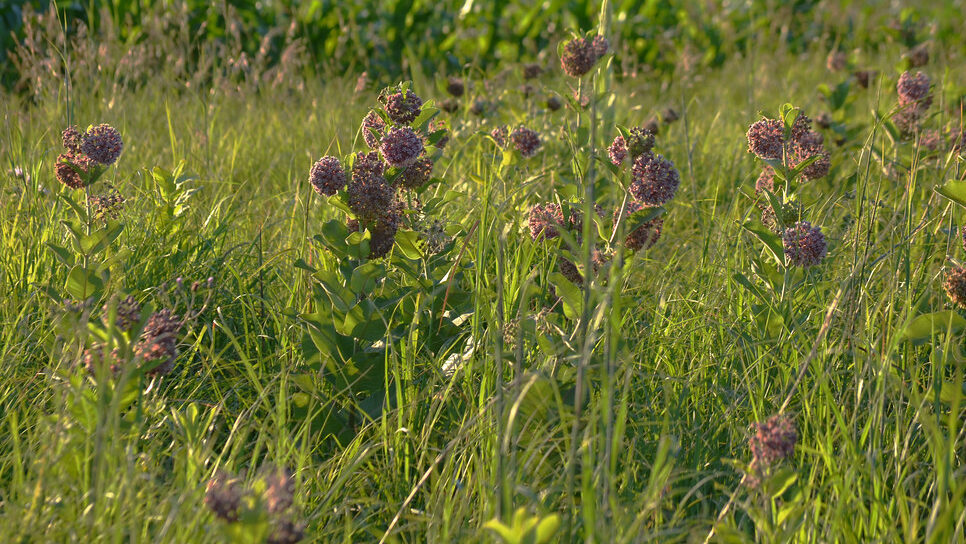
While milkweed (Asclepias spp.) is famous for its critical relationship with monarch butterflies, its benefits extend significantly to birds as well. The seed pods that develop after flowering contain fluffy, silky fibers that goldfinches and other small birds collect for nest building material. As the pods open in fall, they reveal seeds with aerodynamic “parachutes” that certain birds, particularly goldfinches, harvest directly from the plant. Throughout the growing season, milkweed’s stems and leaves support a diverse community of insects that become food for insectivorous birds like warblers, vireos, and flycatchers. Native milkweed species vary by region—butterfly weed (A. tuberosa) thrives in dry, sunny conditions, while swamp milkweed (A. incarnata) prefers moist areas, ensuring options for almost any garden setting.
Oak Trees: Bird Biodiversity Champions
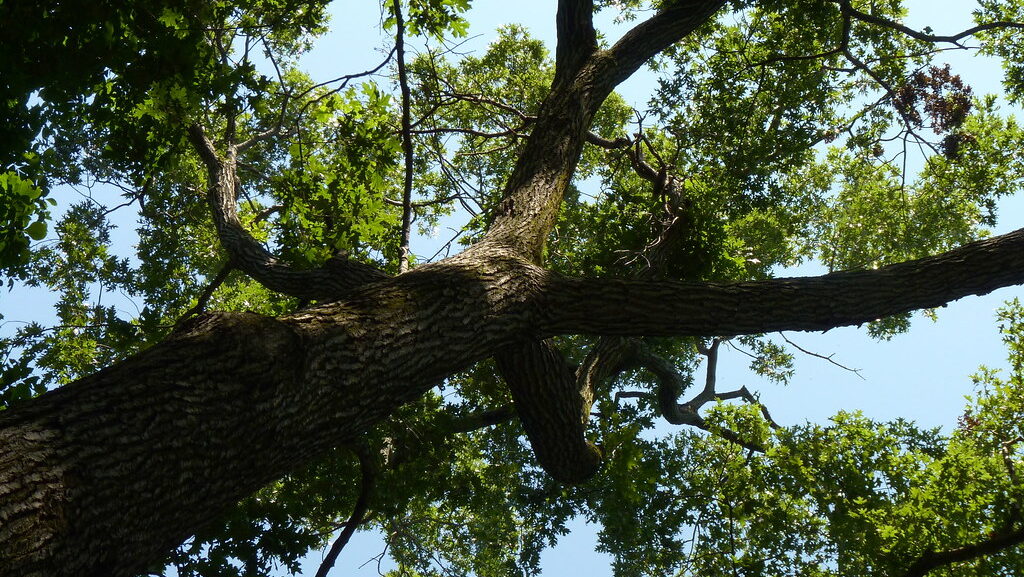
No discussion of bird-supporting plants would be complete without acknowledging oaks (Quercus spp.) as the ultimate habitat providers in North American ecosystems. A single oak tree can host over 500 species of caterpillars—more than any other native tree genus—providing essential protein for nesting birds. Research has shown that a pair of chickadees needs between 6,000-9,000 caterpillars to raise one clutch of young, highlighting the oak’s irreplaceable role in bird reproduction. Beyond insect support, oaks produce acorns that feed woodpeckers, jays, turkeys, and dozens of other bird species through fall and winter. Their dense canopies offer protected nesting sites, while natural cavities in mature specimens provide essential homes for owls, woodpeckers, and other cavity-nesters. With over 90 native oak species in North America, there’s an appropriate variety for virtually every region and garden size, including smaller species like gambel oak and shrub-like oak varieties for limited spaces.
Winterberry Holly: Winter Beacon
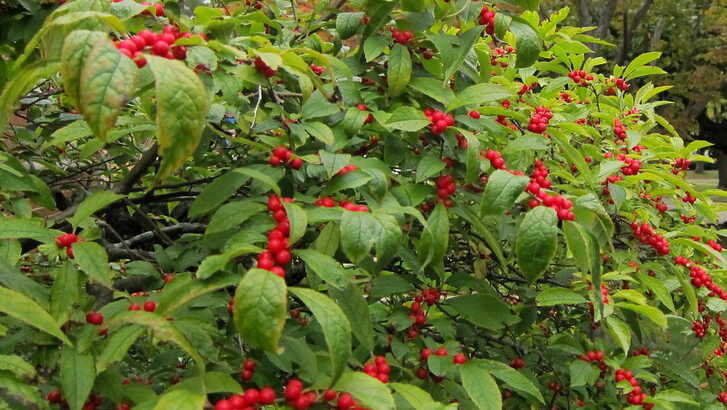
Winterberry holly (Ilex verticillata) transforms into a spectacular wildlife magnet after its leaves drop in autumn, revealing branches studded with brilliant red berries that persist through winter’s harshest conditions. These fruits provide critical nutrition during the leanest months for robins, bluebirds, cedar waxwings, and other resident and overwintering species. Unlike other hollies, winterberry is deciduous and lacks spiny leaves, making it more accessible to birds seeking berries. This native shrub thrives in moist areas and tolerates seasonal flooding, making it ideal for rain gardens and naturalized areas. Because winterberry is dioecious (having separate male and female plants), you’ll need to plant at least one male cultivar for every 3-5 female plants to ensure berry production. The compact growth habit (typically 6-10 feet tall) makes winterberry suitable for smaller landscapes while still providing substantial bird benefits.
Trumpet Honeysuckle: Hummingbird Highway
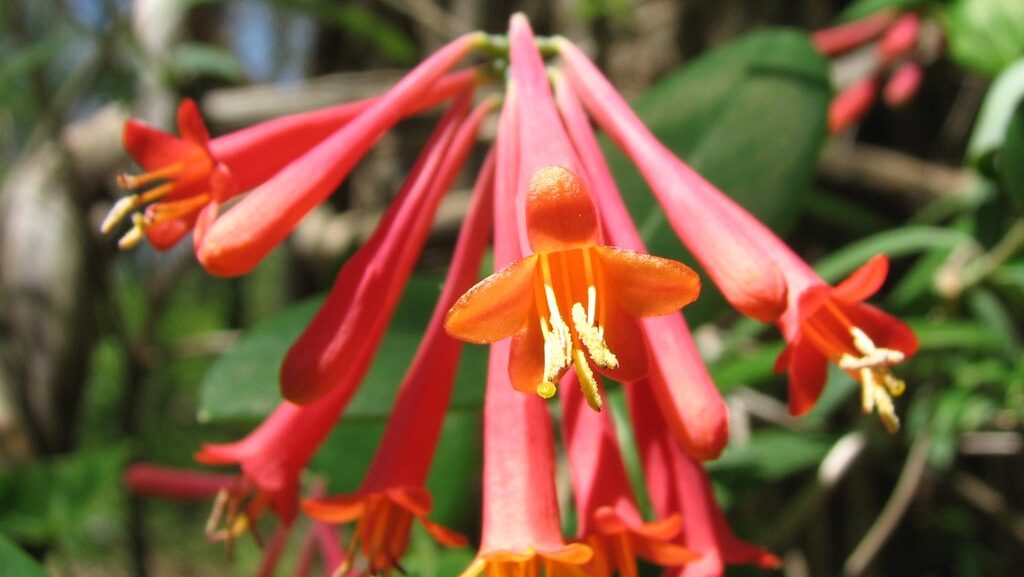
Trumpet honeysuckle (Lonicera sempervirens) offers a bird-friendly alternative to invasive Japanese honeysuckle, producing tubular red and yellow flowers that serve as nectar sources for hummingbirds, butterflies, and other pollinators from spring through fall. The semi-evergreen vine’s twining stems create ideal nesting opportunities for small songbirds, while its dense foliage provides protective cover. After flowering, trumpet honeysuckle produces small red berries that attract thrushes, robins, and catbirds in late summer and fall. This adaptable native climber can be trained on trellises, fences, or arbors, reaching 10-20 feet in height with proper support. Unlike its aggressive Asian cousins, trumpet honeysuckle maintains a well-behaved growth habit and won’t strangle trees or overwhelm garden spaces, making it an excellent choice for gardeners seeking wildlife value without maintenance headaches.
Creating a Complete Bird Habitat
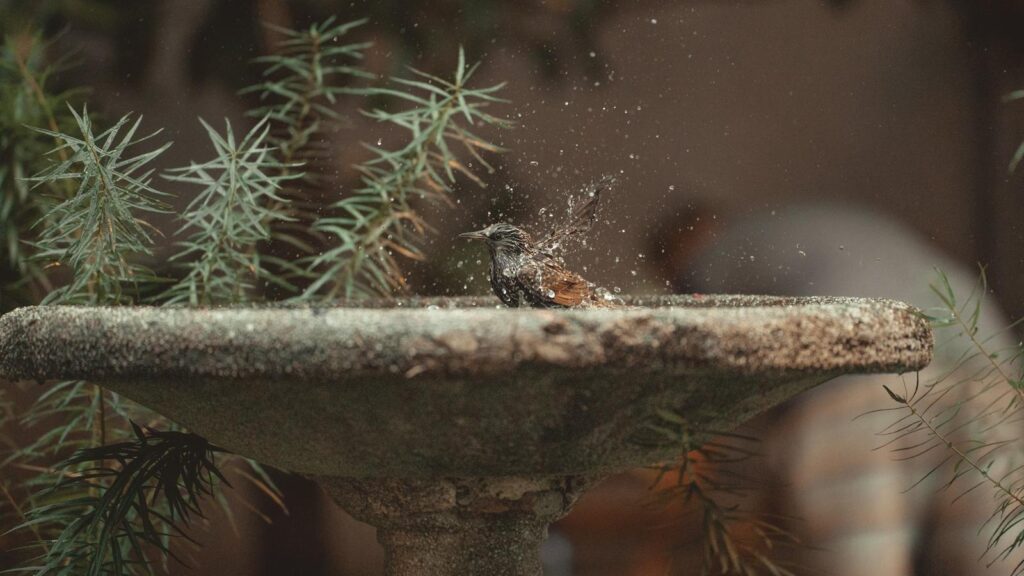
While incorporating bird-friendly plants forms the foundation of an attractive bird habitat, creating a truly effective sanctuary requires attention to several additional elements. Water access ranks as perhaps the most critical supplementary feature—birds need reliable sources for drinking and bathing year-round. Consider installing a bird bath with a water depth of 1-2 inches, adding a small pump or dripper to create movement that attracts birds and prevents mosquito breeding. Structural diversity within your planting scheme allows different bird species to find their preferred niches; include ground covers, shrubs of various heights, and canopy trees when space permits. Minimize or eliminate chemical pesticides, as these reduce the insect populations that birds depend on for protein. Finally, consider leaving some areas of your garden less tidy during fall cleanup—seedheads, leaf litter, and brush piles provide foraging opportunities and shelter during harsh weather, completing your bird-friendly landscape.
Seasonal Considerations for Bird Gardens
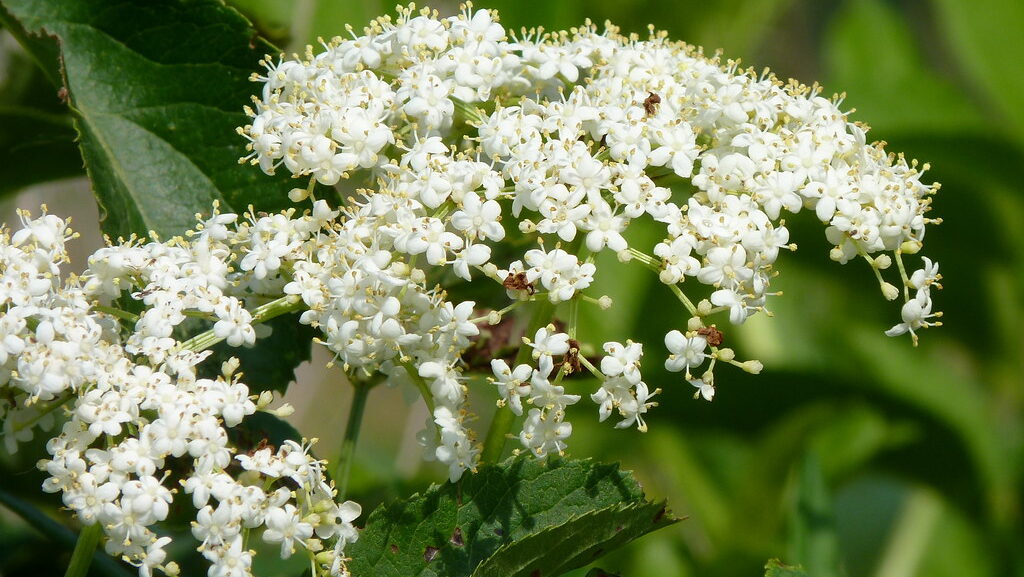
A truly effective bird garden provides resources throughout the year, addressing seasonal shifts in bird populations and their changing needs. Spring plantings should focus on early-blooming species that attract insects for returning migrants and nesting birds, such as native willows, redbuds, and early-flowering perennials. Summer gardens benefit from plants that produce berries in sequence, beginning with serviceberry and progressing through elderberry, ensuring continuous food sources during the breeding season. Fall garden planning should incorporate plants with persistent seeds and fruits that feed birds during migration and into early winter, including coneflowers, black-eyed Susans, and viburnums. Winter becomes the most challenging season for birds, making evergreen conifers for shelter and plants with persistent fruits like winterberry holly and crabapples especially valuable during this critical period. By considering this seasonal progression when selecting and placing your bird-friendly plants, you can create a garden that supports avian visitors throughout their annual cycles.
Conclusion
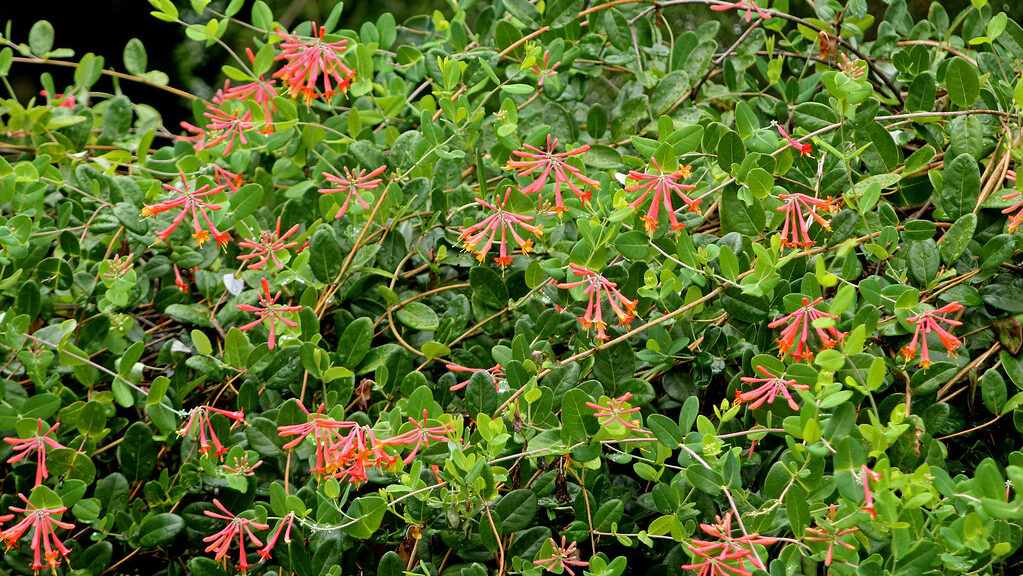
By incorporating these ten irresistible plants into your landscape, you’re not just creating a beautiful garden—you’re establishing a vital habitat that supports bird conservation in a meaningful way. Whether you have acres of land or just a small balcony, even modest plantings can make a difference for local and migratory bird populations. As birds discover your garden sanctuary, you’ll be rewarded with their color, movement, and song, all while knowing you’re contributing to biodiversity right in your own backyard. The choices we make in our gardens have ripple effects far beyond our property lines, connecting us to the greater web of life and helping ensure that future generations will also know the joy of birds.
